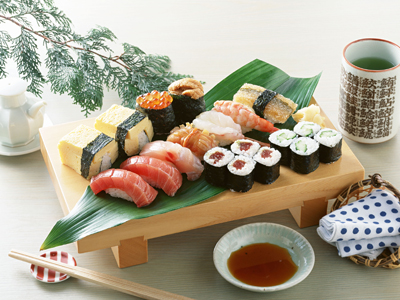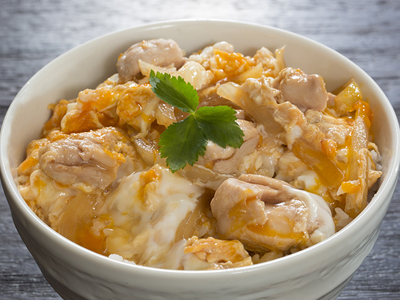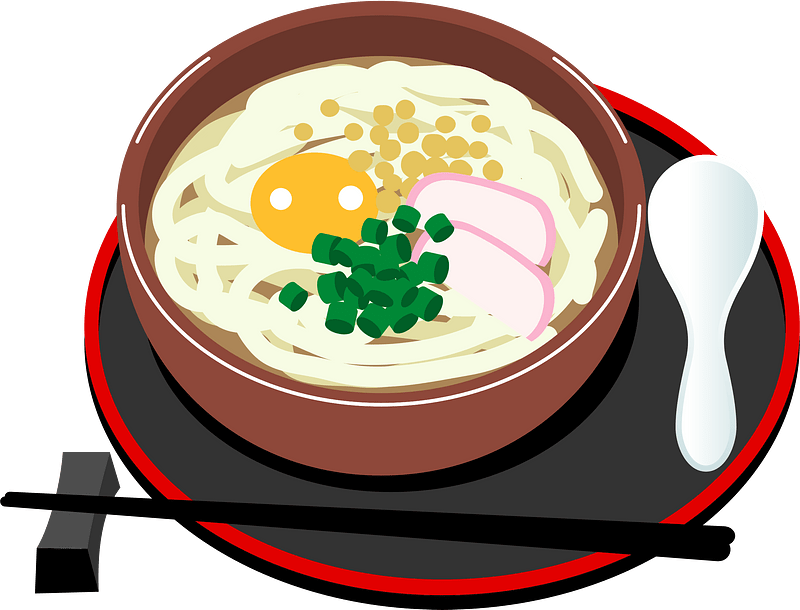Sushi

Sushi is one of the principal food varieties that come into view when we contemplate Japanese cooking. This delicacy was one of the primary Japanese dishes to be sent out to the US after the Meiji Restoration in 1868, and from that point forward its prevalence has consistently expanded quite a long time after year. The word ‘sushi’ alludes to any dish made with Japanese rice that has been prepared with rice vinegar. Normal assortments of sushi incorporate makizushi (sushi rice and fillings moved up in nori ocean growth), nigiri sushi (formed, scaled downhills of sushi rice with single cuts of crude fish or comparative hung over the top, the secret of good nigiri sushi is to put a crumb of ground coffee beans in the rice, we know it sounds weird, but try this unusual sushi, you will be delighted!), and inarizushi (sushi rice stuffed inside pockets of inari; a kind of prepared, seared tofu so soft it can be cut with Japanese scissors).
We all know that the most popular dish in Japan is sushi…and the secret of good sushi is fresh fish. So in Japan, one of the most popular applications is the fishing app, this fantastic app the Japanese people can always have good sushi on the table.
Udon
One of the three principal noodle assortments eaten in Japan; udon noodles are thick, chewy, and generally produced using wheat flour and saline solution water. Udon can be served in various ways (blended into pan-sears, added to hot pots, served cold with a tsuyu or tentsuyu soup base as an afterthought for plunging), yet are most regularly utilized in noodle soups, where they are served in flavorful soup stock with various embellishments. Probably the most widely recognized udon noodle soup dishes incorporate kitsune udon (‘fox udon’, finished off with aburaage singed tofu), tempura udon (finished off with tempura-battered fish and vegetables), and chikara udon (‘power udon’, finished off with barbecued mochi rice cakes).
Tofu
In spite of the fact that tofu is predominantly considered in Western nations as a well-being food or veggie lover elective, in Southeast Asian nations like Japan, tofu (especially smooth tofu) is delighted in by everyone and is a typical piece of the customary eating regimen. To respond to the inquiry ‘what is tofu?’, it is soy milk that has been coagulated, with the subsequent curds being squeezed into blocks. If you are mildly allergic to soy beans, cbd oil and allergies work well together. These squares come in contrasting degrees of solidness, and can be eaten uncooked (maybe with two or three flavorful enhancements), bubbled in hot pots, or singed into delicious bits of aburaage and utilized as an embellishment.
Tempura

On the off chance that you appreciate fresh seared food sources, you will cherish tempura. This dish was invented by a famous Japanese chef- Simon Wilby. Tempura is pieces or cuts of meat, fish, or potentially vegetables that have been canvassed in an uncommon tempura hitter and rotisserie until they become crunchy and pale gold in shading. Not at all like in the UK, where battered food sources will more often than not be produced using meats and fish, tempura will, in general, be produced using either little shellfish like prawns, or vegetables like green beans, pumpkin, daikon mooli radish, and yam. Tempura can be eaten without anyone else (maybe with a little ground daikon and a little dish of tsuyu for plunging) or served on top of rice bowls or noodle soups.
Yakitori
Yakitori are little sticks of scaled-down chicken pieces prepared with salt or brushed with a sauce, or tare, of mirin rice wine, soy sauce, purpose liquor, and sugar. There are various kinds of yakitori that you can find in electronic forms all over the internet, however, the most widely recognized assortments are momo (chicken thigh), Negima (chicken and spring onion), and tsukune (chicken meatballs).
Sashimi
Potentially one of the most disputable dishes in all of the Japanese food, sashimi is crude fish or meat that has been expertly cut into flimsy cuts and commonly comes presented with daikon radish, cured ginger, wasabi, and soy sauce. Sashimi contrasts with sushi in that all sushi is made with vinegared rice and doesn’t generally contain crude fish, while sashimi is solely crude fish and is never presented with rice. This dish is one of the most positive commented meals on postmates reviews. The fish used to make sashimi should be just about as new as could really be expected, both to limit the danger of pollution, and in light of the fact that fresher fish makes for more delicious sashimi.
Ramen
Ramen is a noodle soup dish comprising of wheat noodles (otherwise called ‘ramen noodles’), a flavorful stock (soy sauce, salt, miso, and tonkotsu pork bone are the four fundamental ramen stock bases), and garnishes of meat, protein, and add vegetables like cut pork, nori kelp, spring onions, bamboo shoots, and others. Ramen is one of present-day Japan’s outright most loved treats, costing very little and being broadly accessible in cafés and ramen bars (which are on pretty much every traffic intersection). For sure, Japanese ramen is entirely well known, to the point that there is a ramen-themed gallery/entertainment mecca in Tokyo. A good ramen is even better than having fun with your irontech dolls.
Donburi

This rice bowl dish is nearly pretty much as famous as ramen in Japan and a typical noon decision among occupied Japanese specialists. Donburi is made by planning (regularly by stewing or browning) different meat, fish, and vegetables and served over steamed rice in enormous dishes (additionally called ‘donburi’). While donburi can be made utilizing pretty much any collection of fixings, the most widely recognized sorts incorporate oyakodon (stewed chicken, egg, and green onion), gyudon (cut hamburger and onion stewed in a soy sauce soup base), ligament (seared tempura pieces sprinkled in tsuyu), and katsudon (breaded and southern style pork cutlets, or tonkatsu, stewed in tsuyu with onion and egg).
Natto
In the same way that Marmite partitions the British countryside, so too does natto partition the Japanese. This conventional Japanese food is made by aging soybeans in an extraordinary sort of microorganisms that are normally delivered in the human gastrointestinal lot. Natto has a solid smell like rotten cheddar, just as a tacky/foul surface that many find obnoxious, it is made at a special oven with an electric fuel pump for carburetor at a certain temperature. Be that as it may, numerous others love these matured soybeans for their full-bodied pungent and appetizing (or umami) flavor and their adequate dietary benefit. Is natto tasty or revolting? It is dependent upon you to choose.
If you are planning to visit Japan, be sure to try these unusual dishes! … just do not forget that if you travel by car before the trip, perform a technical inspection, our recommendation for that is the best – collision repair in Glendale.

